‘Trailheads of remembrance’
Published 12:00 am Saturday, June 7, 2025
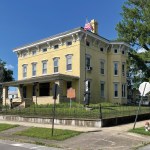

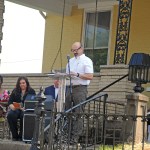

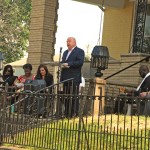
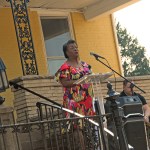
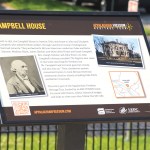
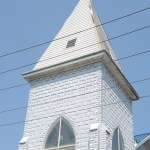







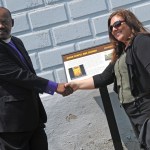

Appalachian Freedom Heritage markers unveiled in Ironton
Two dedication ceremonies took place on Wednesday in Ironton, as Appalachian Freedom Heritage markers were unveiled at Quinn Chapel AME and the Campbell House.
The markers, which document the history of the Underground Railroad in the region, “span nine counties across three states,” Marty Conley, tourism director for the Lawrence County Economic Development Corporation, said.
“This is a Tri-State effort in the truest sense,” he said, noting that, altogether, there will be 27 markers placed across Ohio, West Virginia and Kentucky. “It reflects what we achieve we come together.”
The sites are being added the National Park Service’s Network to Freedom, and were paid for through a POWER grant from the Appalachian Regional Commission.
The 27 markers in the Tri-State will comprise the Appalachian Freedom Heritage Tour, designed to preserve historically significant locations and promote economic development through cultural tourism in the Appalachian region.
The first ceremony took place at the Campbell House, located at 305 N. Fifth St., which currently serves as the home of the Ironton Lawrence County Community Organization.
The home was built in 1850 by John Campbell, an abolitionist and the founder of Ironton, and his wife, Elizabeth.
Dr. Andrew Feight, of Shawnee State University, the director of Research and Outreach for the Appalachian Freedom Heritage Tourism Initiative, said Campbell’s work opposing slavery began in the 1850, and intensified on his move to Ironton in 1851.
The home served as a station on the Underground Railroad, providing shelter those escaping slavery in Kentucky and Virginia (now West Virginia) to the Hanging Rock district of Ohio, where some settled and others followed a network north to Canada.
“People risked everything for lives and freedom and stood on side of justice,” Conley said.
Ironton Municipal Judge Kevin Waldo led the Pledge of Allegiance in character as Campbell and introducing Susan Taylor, who sang “The Star-Spangled Banner.”
The marker at the Campbell House, as well as the one at Quinn Chapel, was unveiled by Nicole Cox, president of the Lawrence County Historical Society.
Dozens turned out for both ceremonies, with the larger of the two taking place at Quinn Chapel, located on South Eighth Street, where speakers included the Rev. LaCreta Rutledge Clark, the presiding elder of the Cincinnati District and Bishop Stafford J.N. Wicker, the presiding prelate of the Third Episcopal District.
Also speaking was local historian Chris Saunders, who Conley praised for his extensive research on the Underground Railroad in the region.
“He has uncovered so many stories,” Conley said.
The history of Quinn Chapel began in 1856, when it was founded as African Methodist Church of Ironton by Retta and Gabe N. Johnson. The first and oldest Black church in Ironton, it also served as a stop for those escaping slavery and making their way through Ohio.
The current church building was constructed in 1909 and served the congregation until 2024, when it closed, concluding its 150 active years of history.
The Campbells and those at Quinn Chapel were part of a larger network of abolitionists throughout the region, Wicker said, using a piano as a metaphor for the effort.
“And it takes black and white keys to make beautiful music,” he said. “We are here today because of a group of courageous people.”
Further unveilings are planned for coming months, such one on Aug. 14, in Greenup, Kentucky, marking a site where 58 enslaved people revolted in 1829, during a forced march to Mississippi.
Sixteen of the group escaped, but were later recaptured.
Portsmouth is receiving two markers, with one at Pleasant Green Baptist Church, the city’s oldest active Black Baptist congregation. It was founded by formerly enslaved individuals and allies and also has deep connections to Underground Railroad history.
The second will be at Allen Chapel AME Church, a historic African American church with roots tracing back to the pre-Civil War era. The church’s members, including
John J. Minor and his wife, Martha Minor, Joseph Love, John Q. Weaver and his wife, Mary Weaver, actively participated in the Underground Railroad.
Conley said the hope is that the Appalachian Freedom Heritage Tour will serve as “educational trail and moral compass.”
“These are trailheads of remembrance,” he said. “Future generations can learn from the past and be inspired by it. We want to make sure the history that happened here is never forgotten.”
He said they hope to “tell the full story of our region and the legacy of the Underground Railroad for future generations.”
“This is not the end, but the beginning of a larger story that we are proudly preserving and sharing with the world,” he said.
For more information, visit www. appalachianfreedom.com.





















